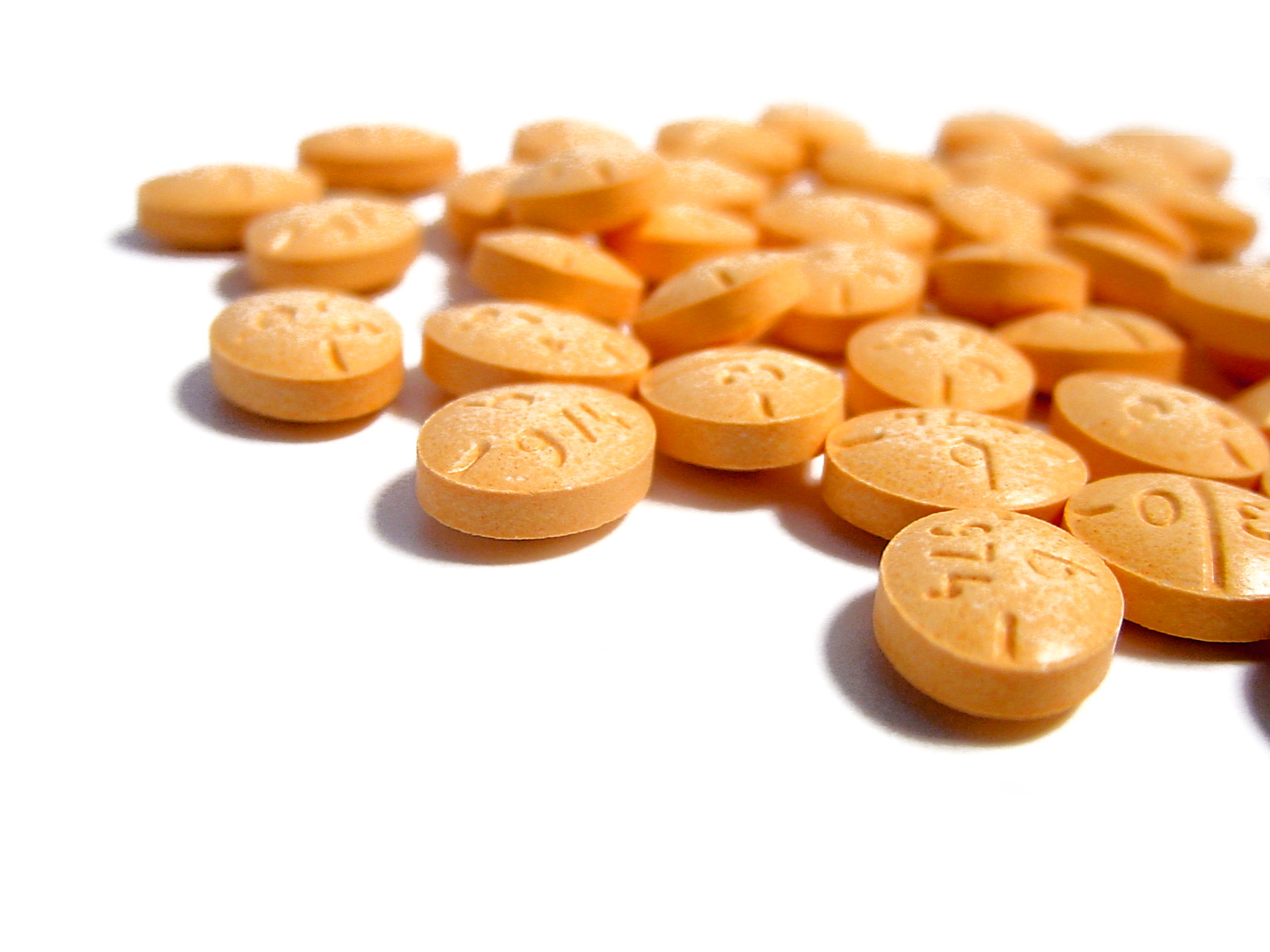
I’ve written a lot about the loophole of therapeutic use exemptions (TUEs) that allows athletes to use performance-enhancing drugs such as anabolic steroids, growth hormone, amphetamines, etc. for a competitive advantage. I used the 2006 Tour de France as a prime example, where 60% of drug-tested riders had a TUE for some banned substance. The congressional hearings on the Mitchell Report included testimony that over 8% of Major League Baseball players had TUEs for ADD/ADHD drugs such as Adderall or Ritalin.
Gary Gaffney, M.D., from the University of Iowa College of Medicine, offers a defense of TUEs:
If we support the idea of medical disabilities, then those disabilities should be treated. A fine line may be drawn between those who would correct medical problems: vision, ADHD, and legitimate endocrine problems v. those who abuse the treatments. The same medications to treat these conditions could be used as PEDs; however, a proper diagnosis and prescription would prevent the TUE rule gamed to ‘cheat within the rules’.
There is a critical difference between treating a disease, and using a drug in a healthy athlete for a competitive advantage. If well documented, an athlete deserves treatment for a medical condition, even with a banned drug.
I generally agree with Dr. Gaffney. I have always had a problem with “banned substances lists” that prevented athletes from medical treatments and medical comforts afforded to the rest of the non-drug-tested population. This is the reason for the existence of therapeutic use exemptions.
But any use of performance-enhancement drugs is problematic for anti-doping organizations:
(1) Even a therapeutic dosage of a performance-enhancing drug (or any other corrective medical procedure) for a legitimate medical condition can improve the athlete’s performance above and beyond mere correction of any disorder. Even a 1-2% improvement in performance can be significant for an elite athlete.
(2) Legitimizing performance-enhancing drug use for athletes with therapeutic use exemptions may not result in a desired outcome of “returning to normal” but a desired outcome of “being better than normal”.
(3) Also, this is all premised on the belief that the athlete is at a competitive disadvantage without the corrective (pharmaceutical) treatment.
A good example of the aforementioned potential problems can be seen in discussions of other corrective medical procedures used by athletes, namely laser eye surgery or LASIK (Laser-Assisted In Situ Keratomileusis).
Tiger Woods was hardly at a competitive disadvantage with less than perfect vision. He apparently won 5 majors golf titles before correcting his vision. And with the procedure he returned to the course with better than normal vision, 20/15. Numerous other athletes have taken advantage of a corrective medical procedure for a legitimate medical condition to obtain a clear competitive advantage.
Golfers Scott Hoch, Hale Irwin, Tom Kite, and Mike Weir have hit the 20/15 mark. So have baseball players Jeff Bagwell, Jeff Cirillo, Jeff Conine, Jose Cruz Jr., Wally Joyner, Greg Maddux, Mark Redman, and Larry Walker. Amare Stoudemire and Rip Hamilton of the NBA have done it, along with NFL players Troy Aikman, Ray Buchanan, Tiki Barber, Wayne Chrebet, and Danny Kanell. These are just some of the athletes who have disclosed their results in the last five years. Nobody knows how many others have gotten the same result.
And then there’s the widely accepted Tommy Johns surgery. The therapeutic use exemptions for performance-enhancing drugs and permissible corrective medical procedures complicate the ethical discussion. If the patient were anyone other than a drug-tested athlete, there would be no hesitation on the part of the doctor or patient to make them as healthy and strong as medically possible – not just normal.
About the author
Millard writes about anabolic steroids and performance enhancing drugs and their use and impact in sport and society. He discusses the medical and non-medical uses of anabolic-androgenic steroids while advocating a harm reduction approach to steroid education.

No replies yet
Loading new replies...
Join the full discussion at the MESO-Rx →